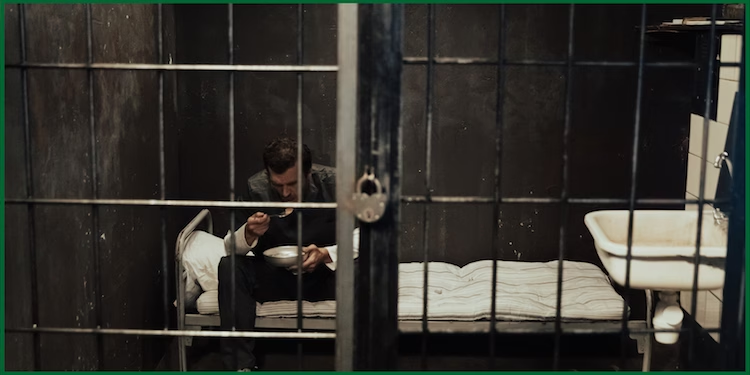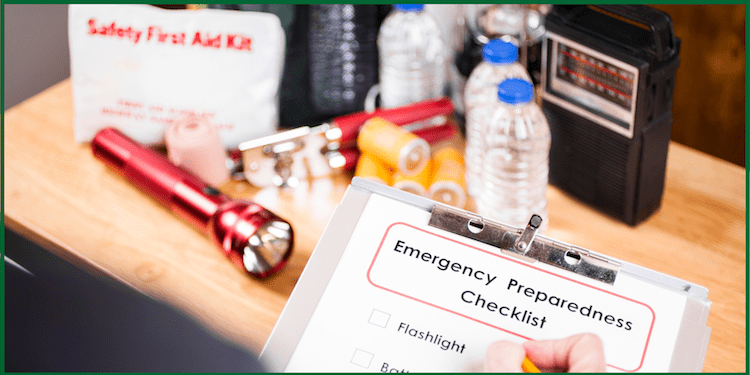Incarceration, often called imprisonment, is viewed through a lens of public safety and crime control. Proponents argue that locking up offenders prevents crime and protects communities, while critics contend that high incarceration rates can have harmful effects on society.
Understanding the intricate relationship between incarceration and public safety requires a distinctive exploration of its consequences, not just on individuals but also on families, communities, and the broader social fabric.
The Traditional View: Incarceration as Deterrence
Historically, the primary justification for incarceration has been its deterrent effect. The idea is simple: if potential criminals understand their actions will have serious consequences, they are less likely to commit crimes.
Some statistical evidence suggests that the likelihood of re-offending decreases with the certainty of punishment.
For certain crimes, particularly violent offenses, the prospect of incarceration can indeed deter potential offenders.
Moreover, society often equates the number of incarcerated individuals with increased safety.
Politicians and lawmakers frequently push for more punitive measures under the belief that reducing crime through imprisonment is a straightforward solution.
As a result, many jurisdictions have adopted strategies that emphasize longer sentences and mandatory minimums, leading to soaring prison populations.
The Reality: Incarceration’s Societal Impacts
1. Relapse and Reintegration Challenges
Despite the intent to deter crime, the reality is that incarceration often fails to address the root causes of criminal behavior.
Research indicates that many individuals released from prison re-offend, leading to high relapse rates. Factors contributing to this include lack of access to education, employment opportunities, and mental health support in the aftermath of incarceration.
When individuals cannot re-integrate successfully into their communities, the cycle of crime continues, undermining public safety rather than enhancing it.
2. Community Disruption and Family Impact
Incarceration ripples through communities, often leading to broken families and destabilized neighborhoods.
When a parent is incarcerated, children may face significant emotional and social challenges. The absence of a caregiver can lead to financial difficulties, increased risk of homelessness, and involvement in the foster care system.
Studies show that children of incarcerated parents are at a higher risk of delinquency, perpetuating the cycle of crime within families and communities.
3. Economic Consequences
The economic implications of high incarceration rates also cannot be overlooked.
Significant public funds are directed toward maintaining correctional facilities and managing the prison population. These resources can detract from investments in social services, education, and community development efforts that have been shown to promote long-term public safety.
Additionally, formerly incarcerated individuals often struggle to find employment due to stigma and the legal barriers associated with a criminal record, further exacerbating poverty and instability in communities.
4. Impact on Public Health
Incarceration can also have detrimental effects on public health. Prisons are often overcrowded and lack adequate healthcare services, leading to the spread of infectious diseases among inmates.
Furthermore, many individuals enter the criminal justice system with existing health issues, including mental health conditions and substance abuse disorders.
The lack of treatment options during incarceration can lead to chronic health issues that persist after release, ultimately affecting community health and safety.
Alternatives to Incarceration
Enhancing public safety and exploring alternatives to incarceration that focus on rehabilitation and restorative justice is essential.
Programs that provide mental health services, drug treatment, and vocational training during and after incarceration can significantly reduce relapses while fostering community health.
Community-based programs focusing on restorative justice emphasize repairing harm and re-integrating offenders into society as productive members, ultimately contributing to a safer, more cohesive community.
Bottomline
The relationship between incarceration and public safety is far from straightforward. While imprisonment may provide immediate safety by removing specific individuals from society, its broader impacts can undermine long-term safety and stability.
As communities continue to grapple with the challenges posed by high incarceration rates, it is vital to consider alternative approaches that prioritize rehabilitation, community support, and preventive measures.
Incarceration should not be the sole answer to crime; a comprehensive strategy that addresses underlying issues and fosters community resilience is essential for genuinely enhancing public safety.
By rethinking our approach to criminal justice, we can work towards a safer society that does not sacrifice human dignity or perpetuate cycles of crime.
Do you enjoy this reading? Kindly share with family, friends, and colleagues. Thanks! 🙂



